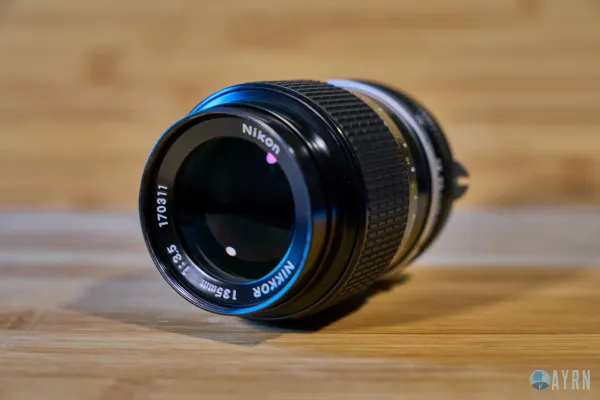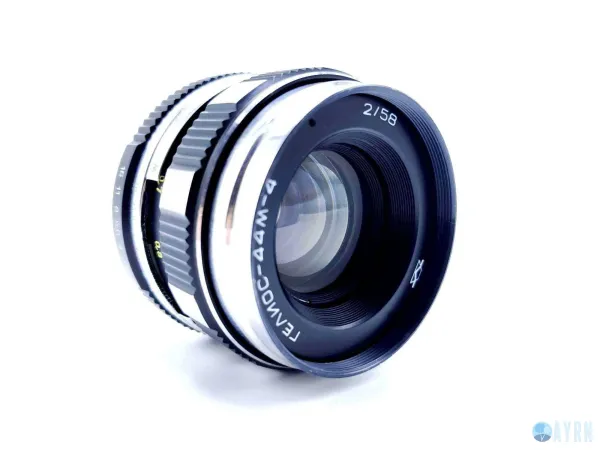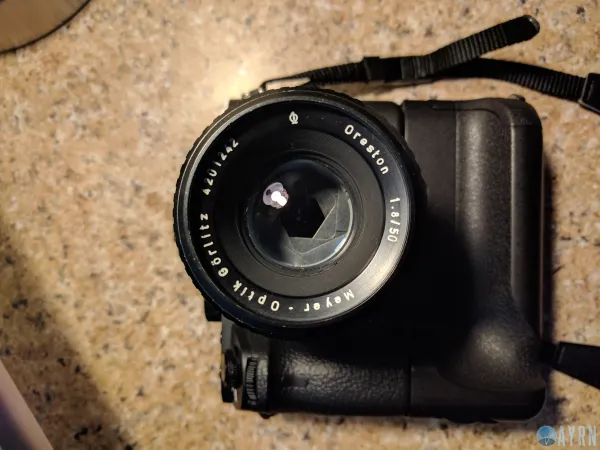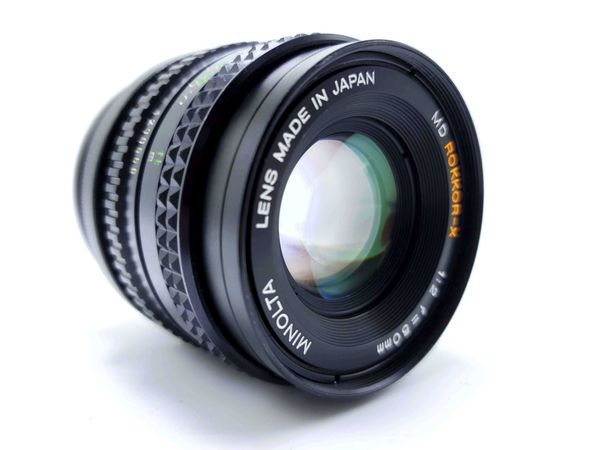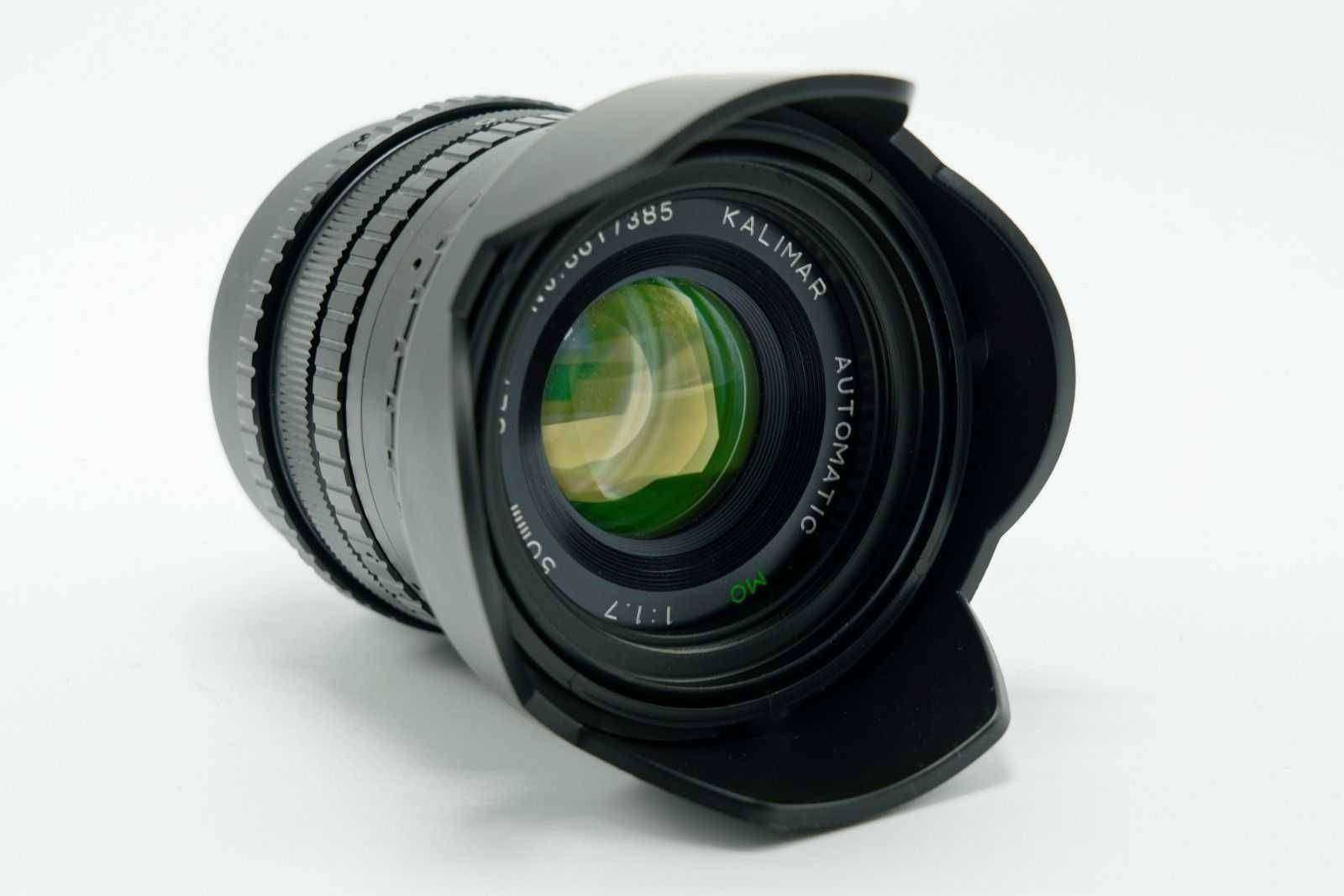
Kalimar 50mm f1.7 Lens
While a bit soft wide open, this lens offers unique color rendering and gorgeous bokeh at a remarkable value.
First Impressions
The first time you handle the Kalimar 50mm f/1.7 lens for the Canon FD-mount, you're struck by how lightweight and compact it feels. It’s clear this lens was designed with simplicity and functionality in mind. The body is mostly metal, giving it a reassuring solidity despite its small size. The focus ring is pleasantly smooth, with just enough resistance to allow for precise adjustments. If you’ve ever used a Canon FD lens before, the Kalimar fits right in with that classic design language—clean lines, straightforward markings, and a no-nonsense approach to photography.
Unboxing the Kalimar 50mm f/1.7, you won’t find any frills or unnecessary extras—just the lens itself, ready to be attached to your Canon FD-mount camera. It's the kind of lens that makes you want to get out and start shooting immediately. There's a certain charm in its simplicity, and it’s easy to see why this lens has developed a bit of a cult following among vintage lens enthusiasts.
Specifications
| Specification | Details |
|---|---|
| Model | Kalimar 50mm f/1.7 |
| Type | Prime Standard |
| Focal length | 50mm |
| Max aperture | f/1.7 |
| Min aperture | f/16 |
| Angle of view | 46° (Full-frame) |
| Optical formula | 6 Elements in 5 Groups |
| Minimum focal dist. | 0.6m (2 ft) |
| Filter thread size | 52mm |
| Lens hood | Optional screw-in |
| Mount type | Canon FD |
Features
| Feature | Details |
|---|---|
| Focus ring | Manual |
| Autofocus | No |
| Image stabilization | No |
| Optical coating(s) | Basic multi-coating |
| Front element rotation | Yes |
| Internal focusing | No |
| Lens extension while focusing | Yes |
| Aperture ring | Yes |
| De-clickable aperture | No |
| Architecture | Metal barrel, plastic internals |
History and Background
Kalimar was a brand that catered to budget-conscious photographers during the film era. The Kalimar 50mm f/1.7 is one of those lenses that popped up in the 1970s and 1980s, aiming to provide a more affordable alternative to the big-name brands like Canon and Nikon. While not a household name, Kalimar lenses were often rebranded versions of lenses produced by third-party manufacturers, typically in Japan or Korea.
The Kalimar 50mm f/1.7 specifically targeted amateur photographers who wanted a fast, standard prime lens without breaking the bank. Despite its low cost, the lens was reasonably well-made and offered solid performance for the price. Today, it’s a bit of a hidden gem in the world of vintage photography—often overlooked, but capable of producing surprisingly good results when used with care.
Image Quality
For a budget lens, the Kalimar 50mm f/1.7 performs admirably. Wide open at f/1.7, the lens exhibits some softness, particularly towards the edges of the frame, but the center sharpness is decent. This softness can actually work in your favor for portraits, where a slightly dreamy look can be desirable. Stopping down to f/2.8 or f/4 sharpens things up considerably, making this lens capable of delivering crisp images with good detail.
Color rendering is fairly neutral, with a slight tendency towards cooler tones. Contrast is adequate, though not as punchy as you might find with more expensive lenses. Chromatic aberration is present at wider apertures, especially in high-contrast scenes, but it’s manageable and can often be corrected in post-processing.
Sharpness
Sharpness is one of those areas where you get what you pay for with the Kalimar 50mm f/1.7. At f/1.7, sharpness in the center is acceptable, though not outstanding. The corners, however, can be quite soft, and you may notice some fall-off in image quality towards the edges. Stop down to f/4, and the lens starts to shine, delivering much better sharpness across the frame.
For most casual photography, the sharpness is more than adequate, particularly if you’re shooting portraits or scenes where edge sharpness isn’t critical. However, if you’re a pixel-peeper or need edge-to-edge sharpness for landscapes or architectural shots, this lens might fall short of your expectations.
Bokeh
The bokeh produced by the Kalimar 50mm f/1.7 is one of its more appealing features. Thanks to its relatively fast f/1.7 maximum aperture, you can achieve a pleasantly shallow depth of field, especially in close-up shots. The out-of-focus areas are rendered smoothly, with a nice, creamy quality that adds a pleasing softness to backgrounds.
However, the bokeh can be a bit busy in more complex scenes, with some nervousness in the transitions from in-focus to out-of-focus areas. This is particularly noticeable in scenes with a lot of fine detail, such as foliage or urban environments. That said, for a lens of this price and era, the bokeh is quite respectable.
Build Quality
The build quality of the Kalimar 50mm f/1.7 is a mixed bag. On the one hand, the lens barrel is made of metal, which gives it a sturdy feel and a bit of heft that belies its budget origins. On the other hand, the internal components are mostly plastic, and the aperture ring, while functional, lacks the precise feel of more premium lenses.
The focus ring is reasonably smooth, though it can feel a bit loose compared to higher-end lenses. The aperture ring clicks into place with a slight mushiness, which might not inspire confidence but gets the job done. The lens lacks weather sealing, which isn’t surprising given its price point, so you’ll want to be careful when using it in harsh conditions.
Manual Focus Performance
Focusing manually with the Kalimar 50mm f/1.7 is a decent experience. The focus throw is relatively long, allowing for precise adjustments, which is crucial when shooting wide open at f/1.7. However, the loose feel of the focus ring can make it a bit tricky to nail focus consistently, particularly in low light.
This lens really benefits from using a camera with focus aids, such as focus peaking or a split-prism screen, to help you achieve critical sharpness. If you’re accustomed to autofocus lenses, there might be a learning curve, but with practice, you can get good results.
Feature Breakdown
The Kalimar 50mm f/1.7 is a no-frills lens. It doesn’t have autofocus, image stabilization, or any of the modern conveniences that you might be used to. What it does have is a fast aperture, a simple optical design, and a lightweight build that makes it easy to carry around.
It’s a lens that’s best suited to photographers who enjoy the hands-on experience of manual focus and are willing to work within the limitations of a budget vintage lens. The simple design means there’s not much that can go wrong, and with a bit of care, it can be a reliable addition to your Canon FD-mount kit.
Pricing and Availability
The Kalimar 50mm f/1.7 is very much a budget option, and that’s reflected in its price on the used market. You can typically find this lens for between $20 and $50, depending on its condition and whether it includes original accessories like lens caps or a case. For that price, it’s hard to argue with what you’re getting—a fast, manual-focus lens that can deliver good results with a bit of effort.
Availability is relatively good, as this lens wasn’t a particularly rare model. You’re likely to find it on auction sites, in camera shops that specialize in vintage gear, or even at local thrift stores. If you’re looking to experiment with manual focus photography on a budget, the Kalimar 50mm f/1.7 is an intriguing option.
Conclusion
The Kalimar 50mm f/1.7 is a lens that punches above its weight in many respects. While it’s not going to rival more expensive glass in terms of build quality or optical performance, it offers a lot of value for the price. If you’re a Canon FD-mount shooter looking for an affordable prime lens with a fast aperture, this Kalimar is worth considering.
It’s a lens that rewards patience and careful use, particularly if you’re willing to embrace its quirks and limitations. Whether you’re shooting portraits, street photography, or just experimenting with manual focus, the Kalimar 50mm f/1.7 can deliver some surprisingly good results. At its current price point, it’s a low-risk investment that could add a unique tool to your photographic arsenal.
Images captured with Kalimar 50mm f1.7
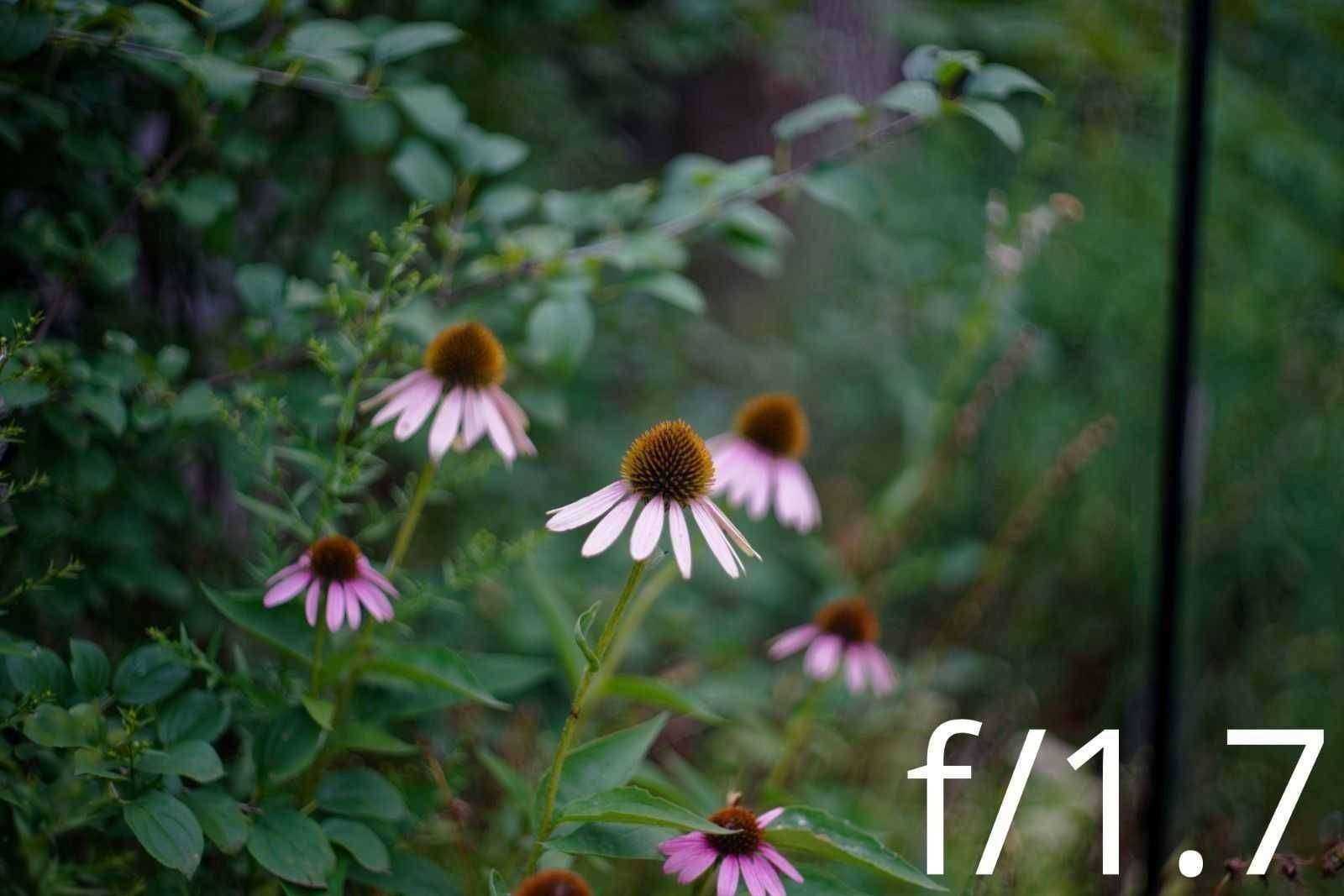




Images captured with Kalimar 50mm f1.7
Images of Kalimar 50mm f1.7
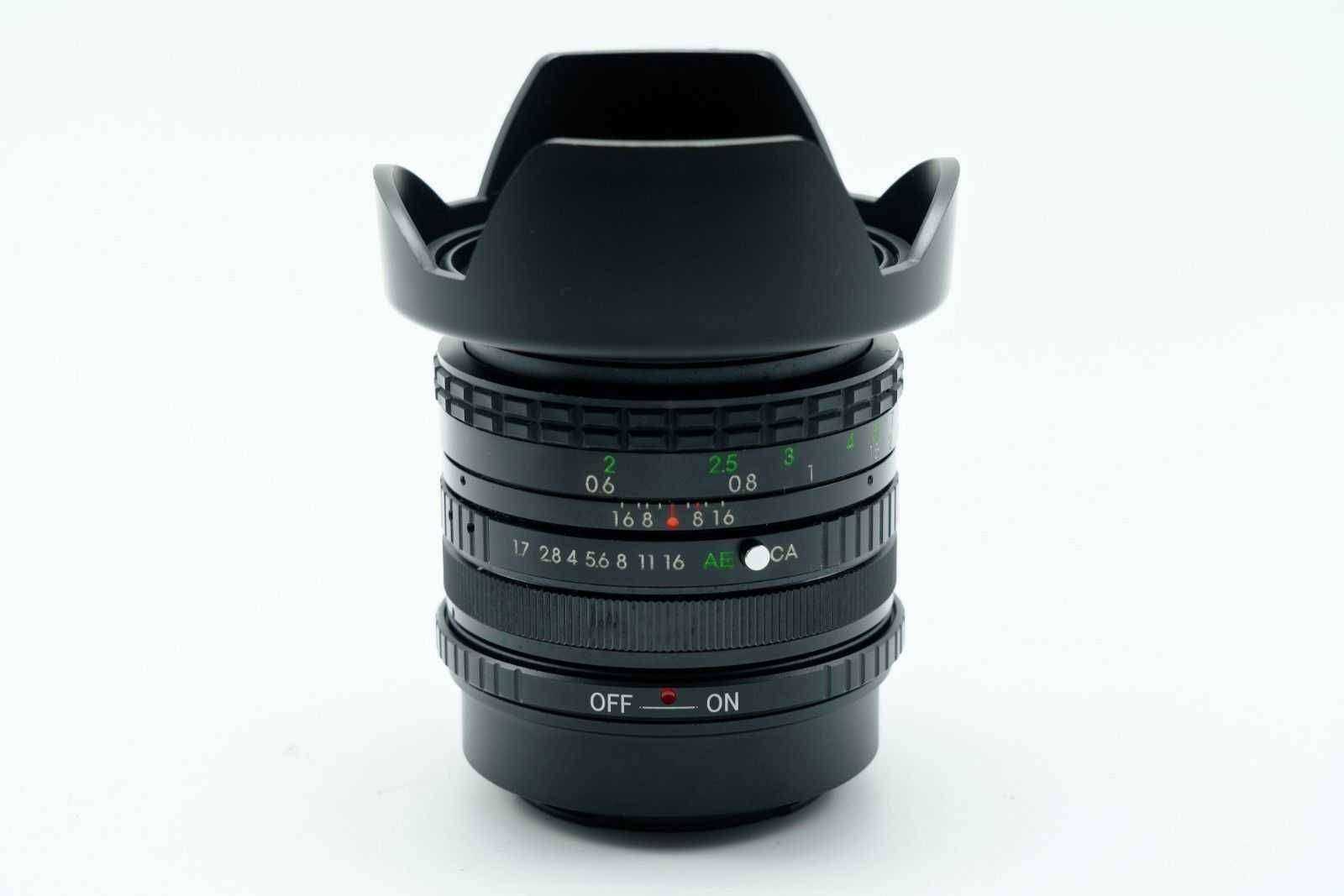
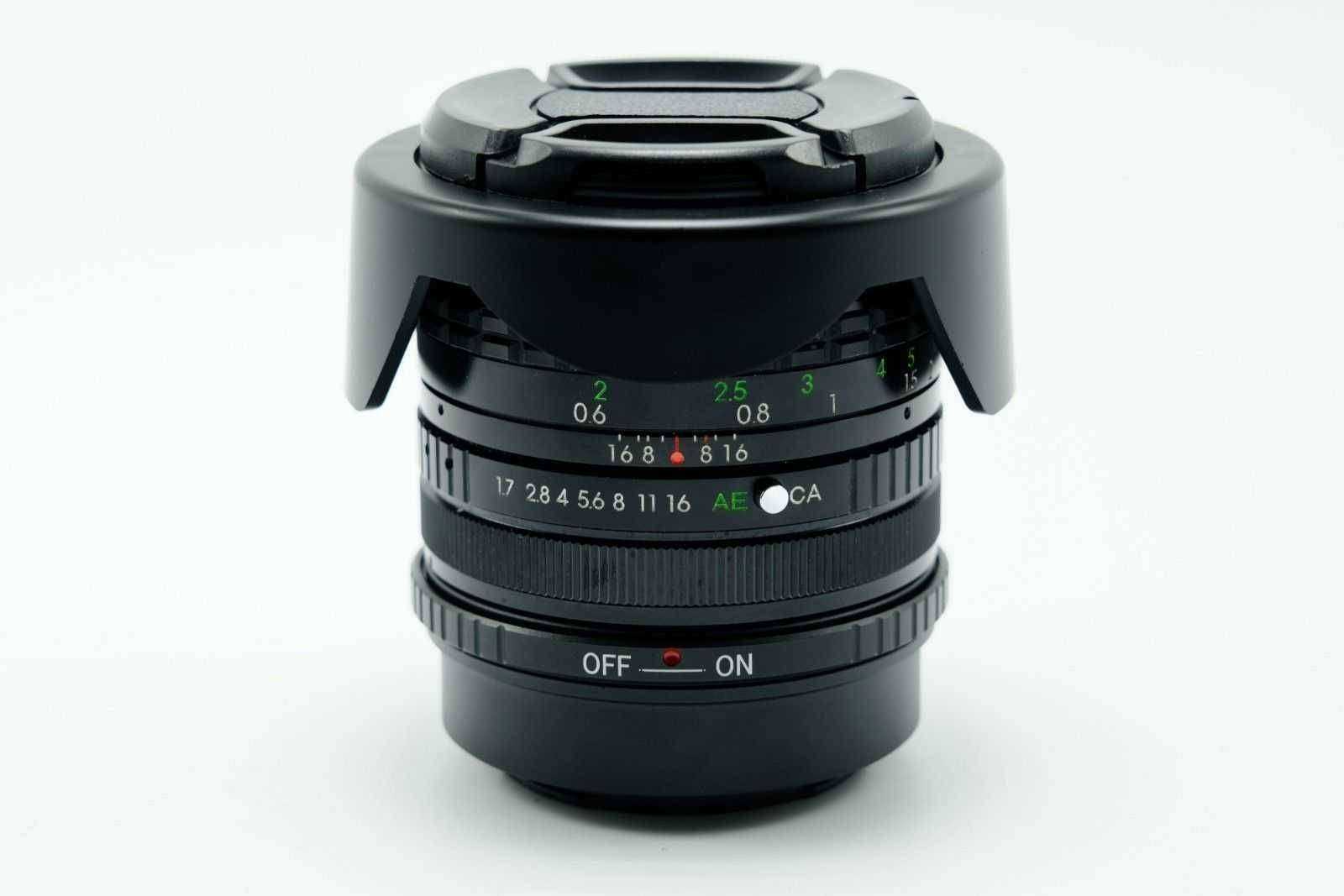

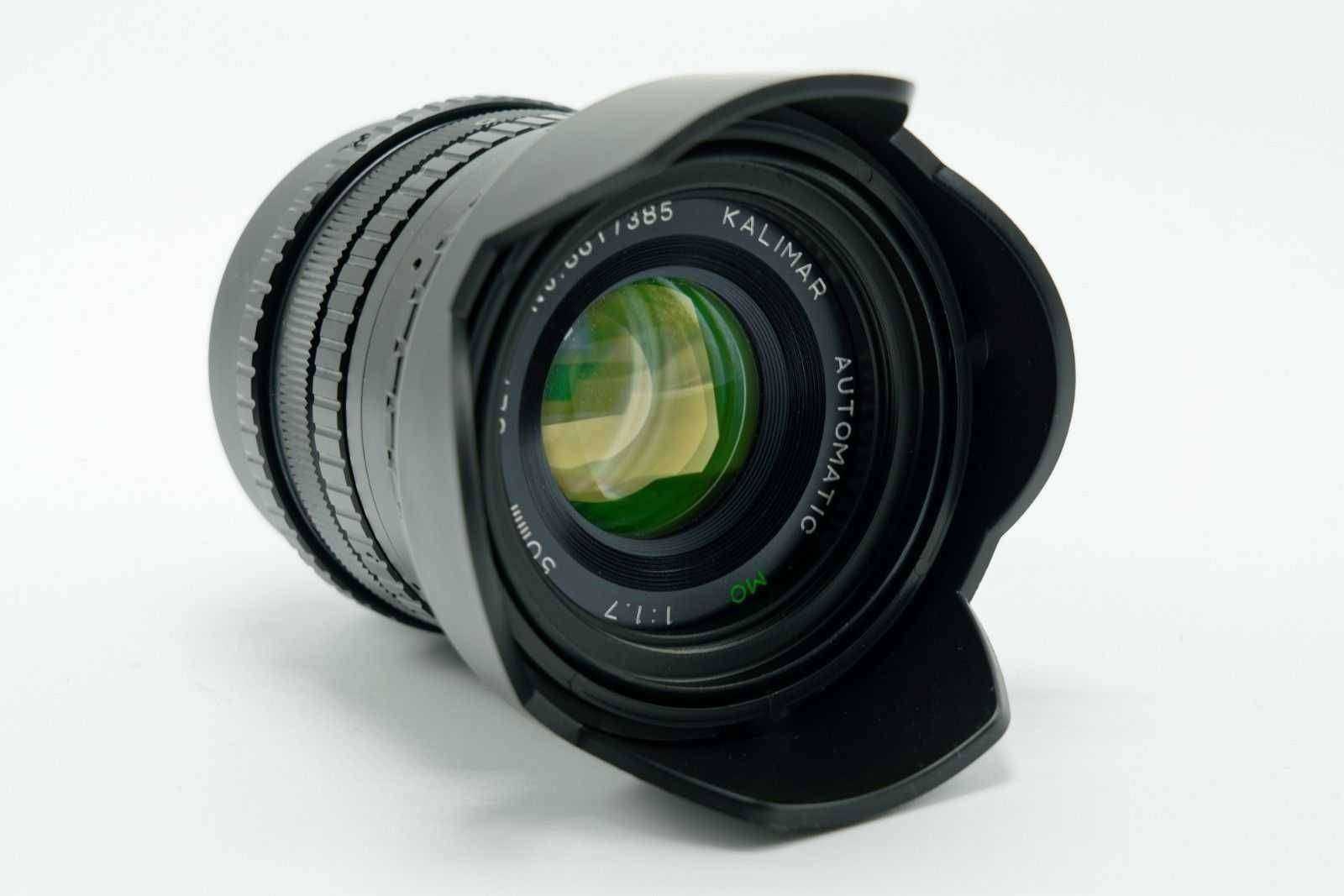
Images of Kalimar 50mm f1.7



